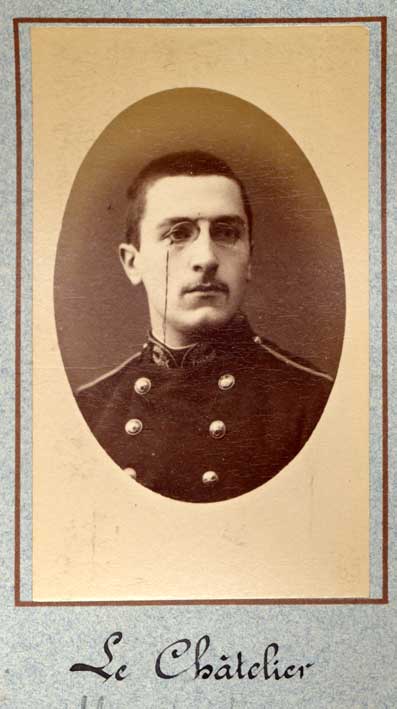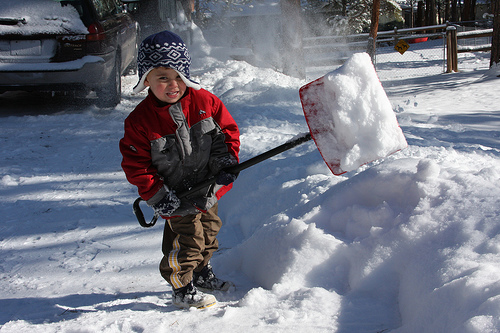
A change in any of the factors that determine the equilibrium conditions of a system will cause the system in such a manner as to reduce or counteract the effect of the change.With such a definition, students often imagine the system as almost having a consciousness or a purpose. Wikipedia's definition also leaves something to be desired:
If a chemical system at equilibrium experiences a change in concentration, temperature or total pressure, the equilibrium will shift in order to minimize that change.They go on to use an example, of course giving the correct prediction of the disturbance, but they also mystify what is actually going on.
Maybe it's not just the paucity of pretty women or (handsome guys) in freshman chemistry classes that keeps the classes so small!2 NO2(g) ⇌ N2O4(g)
If one increases the pressure of the reactants (2 NO2(g) ) the reaction will tend to move towards the products to decrease the pressure of the reaction.
An equilibrium is established in a closed system when the forward reaction rate equals that of the reverse reaction. To predict how a system in equilibrium will react to a disturbance, we could view the forward and reverse reactions as if they were in competition with one another. The prevailing reaction will be the one that benefits more from the disturbance. If one reaction is being more hampered than the other, obviously the one facing the obstacle will not win out.
Returning to the nitrogen dioxide reaction, 2 NO2(g) ⇌ N2O4(g) , if we increase the pressure of the system by decreasing the volume, the concentration of every reactant will increase. But the forward reaction in this case will benefit more from the increased frequency of molecular collisions. Why? If compression increases the concentration of each reactant by a factor of x then, since the forward rate can be expressed as k[NO2] 2 , the rate will increase by a factor of x2. But the reverse rate, which equals k[N2O4(g)] will only increase by a factor of x. So increasing the pressure creates more N2O4 not because of a compensation mechanism but because compression increases the forward rate more than the reverse rate.
In the equilibrium Cr2O72-(aq) + H2O(l) ⇌ 2 H+(aq) + 2 CrO42-(aq)
the orange dichromate(Cr2O72-(aq) ) reacts with water to create acid(H+(aq) )and yellow chromate(CrO42-(aq)). Meanwhile at the same rate, acid and chromate combine to regenerate dichromate and water. So to the naked eye, it looks like nothing is going on because the work of the forward reaction is being offset by that of the reverse reaction. We could have the stable orange color of dichromate dominating.
Although the ions are all mixed in a soup and don't have respective sides, it's a bit like if I dump snow on my neighbor's driveway, and he dumps snow from his driveway onto mine at the same rate. A plane's passengers flying over us will simply see an unchanging white driveway.

But if we disturb the equilibrium by adding some base, it eliminates some H+(aq) . Reducing the concentration of H+(aq)thus lowers the reverse rate. But since the forward reaction is unaffected by the presence of base, it proceeds at its regular rate. So what we see is the yellowish color of chromate dominating. There's no system trying to "reorder things" or "offset anything". It's simply the case of a hampered reverse reaction that does not keep up and maintain the original equilibrium. If I suddenly had trouble picking up the snow while my neighbor proceeded as normal, the snow would suddenly pile up on my side. The plane passengers would see the asphalt on the neighbor's driveway.